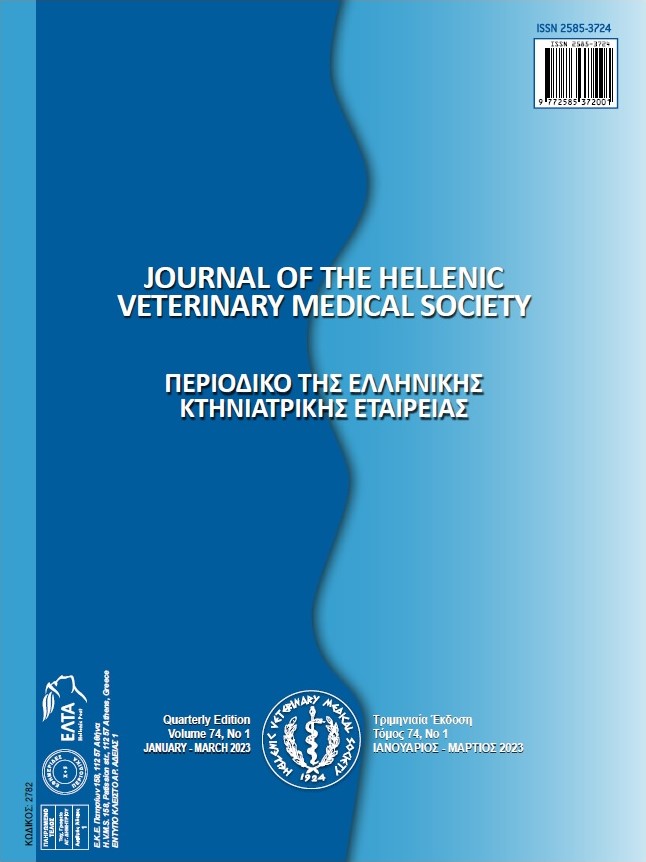Investigation of genetic relatedness, antimicrobial resistance, biofilm formation, biofilm-related virulence genes and integron-related genes of Stenotrophomonas maltophilia isolates obtained from bovine milk samples with mastitis Characteristics of Stenotrophomonas maltophilia isolates.

Abstract
Treatment of infections caused by opportunistic pathogenic Stenotrophomonas maltophilia is complicated by the bacterium's ability to produce biofilms and high antibiotic resistance. This study aimed to investigate the prevalence of genetic relatedness, antimicrobial resistance, biofilm formation, biofilm genes associated with virulence and integron genes among isolates of S. maltophilia recovered from bovine milk with subclinical mastitis. In this study, bacterial identification was performed using conventional methods. While using the smeT gene-based Polymerase Chain Reaction (PCR) to confirm the species-level identification of isolates; PCR was also used to detect virulence and integron genes, too. The quantitative Microplate Test (MP) method was used to determine the phenotypic biofilm production capacity of the isolates. The resistance patterns of the isolates against 9 antibiotics belonging to 9 antimicrobial families were examined using the disk diffusion method. Isolates resistant to at least three drug classes from various antimicrobial drug classes were defined as multi-drug resistant (MDR). The genetic linkage of S. maltophilia isolates was investigated by Enterobacterial Repetitive Intragenic Consensus (ERIC) PCR. The Chi-Square (χ2) test was used to compare the relationship between the biofilm-forming capacity of the isolates with the prevalence of biofilm-associated virulence genes and integron genes with MDR. In the study, a total of 312 milk samples with subclinical mastitis were taken from 27 farms. Ten isolates from five farms were phenotypically and genotypically identified as S. maltophilia. All isolates were resistant to cefepime and imipenem. While 70% of the isolates were MDR; 80% carried one of the integron genes. By the MP test, the phenotypically biofilm-forming capacity identified in isolates was detected at 80%. The prevalence of the studied virulence genes was rpfF 60%, rmlA 70%, spgM and smf1 80%. There was no significant relationship between the biofilm-forming capacity of the isolates with the prevalence of biofilm-associated virulence genes and MDR with integron genes. S. maltophilia isolates were detected simply and quickly, using PCR based on the smeT gene, from bovine milk samples for the first time in Turkey. In the UPGMA analysis performed in the PyElph 1.4 program, a total of 5 genotypes were found, 2 single and 3 multiple according to 18% similarity coefficient. ERIC-PCR can be useful in identifying S. maltophilia isolates with epidemic potential.
Article Details
- How to Cite
-
Ocak, F., & Turkyilmaz, S. (2023). Investigation of genetic relatedness, antimicrobial resistance, biofilm formation, biofilm-related virulence genes and integron-related genes of Stenotrophomonas maltophilia isolates obtained from bovine milk samples with mastitis: Characteristics of Stenotrophomonas maltophilia isolates. Journal of the Hellenic Veterinary Medical Society, 74(3), 5979–5992. https://doi.org/10.12681/jhvms.30641 (Original work published October 18, 2023)
- Issue
- Vol. 74 No. 3 (2023)
- Section
- Research Articles

This work is licensed under a Creative Commons Attribution-NonCommercial 4.0 International License.
Authors who publish with this journal agree to the following terms:
· Authors retain copyright and grant the journal right of first publication with the work simultaneously licensed under a Creative Commons Attribution Non-Commercial License that allows others to share the work with an acknowledgement of the work's authorship and initial publication in this journal.
· Authors are able to enter into separate, additional contractual arrangements for the non-exclusive distribution of the journal's published version of the work (e.g. post it to an institutional repository or publish it in a book), with an acknowledgement of its initial publication in this journal.
· Authors are permitted and encouraged to post their work online (preferably in institutional repositories or on their website) prior to and during the submission process, as it can lead to productive exchanges, as well as earlier and greater citation of published work.



